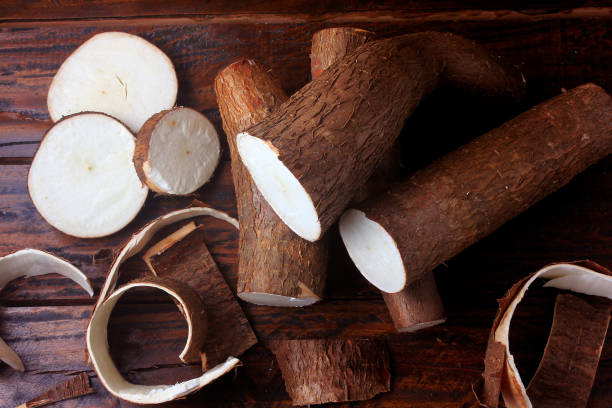Intercropping cassava with other crops is a proven strategy to improve land-use efficiency, enhance soil fertility, suppress pests, and diversify farm income. This guide provides detailed insights tailored to Kenyan smallholders and medium-scale farmers, based on research and local experience.
1. Why Intercropping Cassava?
– Increases total output per unit area by combining crops with complementary growth cycles.
– Improves soil health through nitrogen-fixing legumes and diversified root systems.
– Reduces risk: if one crop underperforms due to weather or pests, others may still perform well.
– Can lower input costs per unit of output when crops share resources like moisture and nutrients.
2. Common Intercrops with Cassava in Kenya
Typical intercrops used alongside cassava include:
– Legumes such as cowpeas, beans, and groundnuts.
– Maize and millet, especially short-duration variants.
– Bananas and other perennial crops in agroforestry-style systems.
– Vegetables in small-scale plots between cassava rows.
3. Benefits Observed in Studies
Research and field trials across Kenya and similar regions show significant advantages:
– Land-use efficiency: Cassava intercropped with legumes or maize can increase total system productivity and income per hectare.
– Pest suppression: Crop diversity reduces pest pressure by breaking pest lifecycles.
– Erosion control: Cover crops and legumes reduce soil erosion, especially in sloped areas.
– Soil fertility: Legumes fix nitrogen, enriching the soil for cassava and neighboring crops.
4. Agronomic Considerations and Best Practices
– Spacing and layout: Maintain 1 m × 1 m or 1.5 m × 1 m spacing for cassava to ensure adequate sunlight and airflow.
– Timing: Plant intercrops early to utilize rainfall and harvest before cassava canopy closes.
– Crop choice by region: Legumes thrive in Western Kenya, while maize fits coastal and lowland areas.
– Nutrient management: Apply P, K, and micronutrients as needed, since legumes mainly add nitrogen.
– Weed management: Use intercrops to suppress weeds and supplement with early manual or mechanical weeding.
– Risk management: Use clean planting material and diversify intercrops to avoid disease spread.
5. Potential Challenges and Mitigation Strategies
– Competition for water and nutrients: Use proper spacing and crop selection.
– Labor demands: Plan and stagger planting to distribute workload.
– Market access: Ensure demand for intercrops or invest in value addition.
– Disease and pest transfer: Rotate crops and use certified planting materials.
6. Practical Starter Plan
Step 1: Site Assessment – Analyze soil, drainage, and rainfall to match intercrops to your location.
Step 2: Design Layout – Select cassava and intercrop varieties, plan spacing, and schedule planting.
Step 3: Trial and Monitor – Start small, track yields, pest incidence, and economic returns, then scale up successful combinations.
7. Quick Takeaways
– Intercropping cassava improves land-use efficiency and resilience.
– Select intercrops suited to local conditions and markets.
– Manage for balance in light, nutrients, and moisture.
– Monitor pest and disease pressures regularly.

